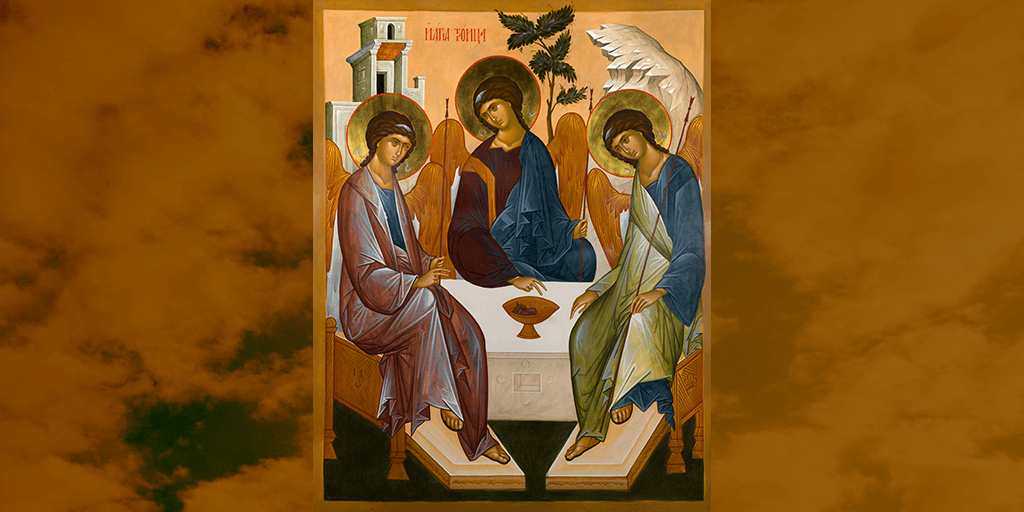THEOLOGICAL DICTIONARY Christology Genesis 3:1-6 Theology III - Part 3 (Dr. Thomas Figart) In this installment, more information about the character of Jesus, and some false ideas about who He is. A Study of Theology III – Part 2 By Dr. Thomas Figart
- The Saviour (con’t)
- The Preincarnate Son of God and Salvation in the Old Testament. Since the Bible is the Word of God we can expect a true revelation of salvation from the very beginning. There must of necessity be only one way of salvation from Genesis through Revelation. Though there were different ways of administration of the grace of God called dispensations, there is always one way of salvation. This included the following:
- Revelation of universal sin & condemnation. Gen. 3:1-6 Through the Fall of man, the need for salvation became evident; Adam and Eve knew this, for God had said before they sinned, “...thou shalt surely die...” Gen. 2:17
- Revelation of a coming Saviour. Gen. 3:15. This is called the “protevangelium” or “first gospel” message. In His love and grace God promised the Saviour before He pronounced judgment on Adam and Eve in 3:16-19. In 3:15 there is an early foreshadowing of the Virgin Birth of Christ, through the “seed of the woman” not the man.
- Revelation of the way of salvation. The extent of pre-Scripture revelation has been greatly underestimated. Job reveals a rather complete system of theology, cf, 9:33. Essentials of salvation remain the same from Adam to eternity.
- False theories concerning the Person of Christ.
- Ebionites, “paupers” (100 A.D.) Christ has no deity. He was merely a human, not born of a virgin, but the Holy Spirit was a female who descended upon Christ at His baptism. They were essentially unitarians.
- Gnostics, “know” (50-100 A.D.) Christ has no humanity. Gnosticism was an eclectic movement, including much of the heathenism of Asia Minor, India, Babylonia and Persia. Christ was highest of a series of angelic emanations; these gradually decreased in power as they removed from the divine source. Col. 2:18-19.
- Arians, from Arius of Alexandria. (280 A.D.) Christ has no divine nature. Christ was subordinated to the Father; He was half-God, half-man, not co-equal with God. Athanasius opposed Arius at the Council of Nicea in 325 and the doctrine of homoousia (same nature) was established against homoiousia (like nature).
- Apollinarians, from Apollinaris, (390 A.D.) Christ has no human nature. Christ is both God and man in order to save the world, but how can perfect Deity and perfect humanity be maintained in one person? His answer: Christ was human according to the body only.
- Nestorians, from Nestorius (431 A.D.) Christ has Two Persons. Nestorius was condemned for saying that Christ had two hypostases (Persons), that the Logos (the divine nature) only resides in the man Jesus as in a shrine; it is not an essential union. Christ appears as a God-bearing man, not a real God-man.
- Eutychians, from Eutychus (450 A.D.) Christ has one nature. After the incarnation Christ had one nature; His body is the body of God, not like ours. The Council of Chalcedon settled the controversy declaring two natures in Christ, but those who opposed the decision were divided into Monophysites (one nature) including the Egyptian Coptic Church and the Armenian Church, and the Monothelites (one will) namely that Christ had a divine-human will.
- Summary of Council Decisions: Christ is one Person with two natures. You cannot divide His Person nor confound His Natures!
- Nicea, 325 A.D. Christ is Divine.
- Constantinople, 381 A.D. Christ is Human.
- Ephesus, 431 A.D. Christ is one Person.
- Chalcedon, 451 A.D. Christ has two Natures.





Leave a comment